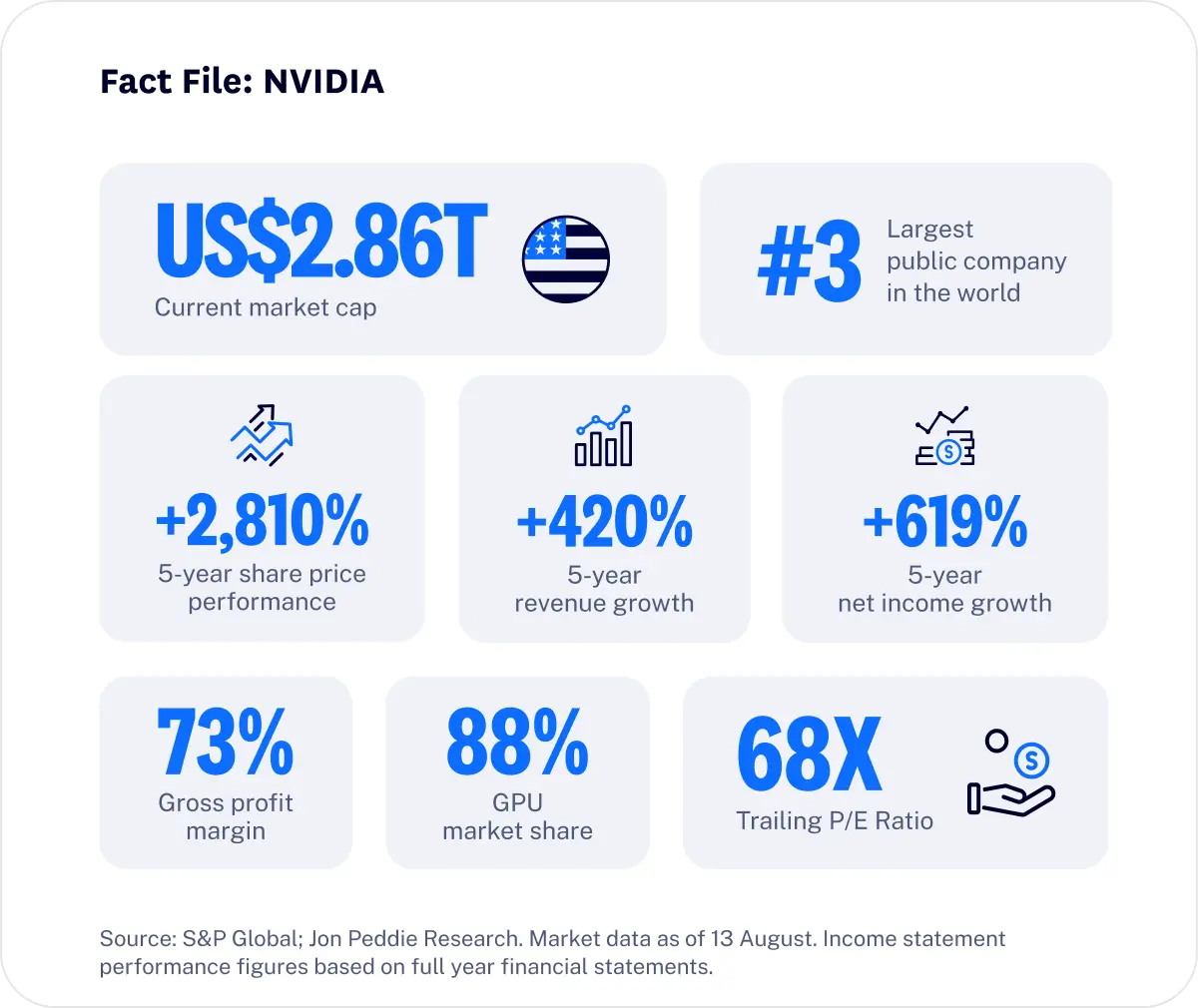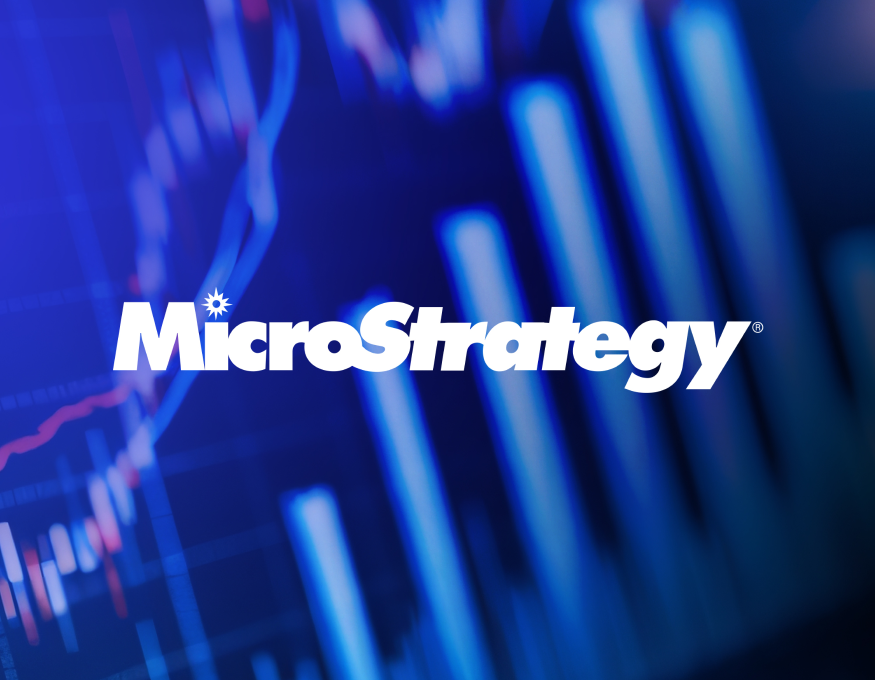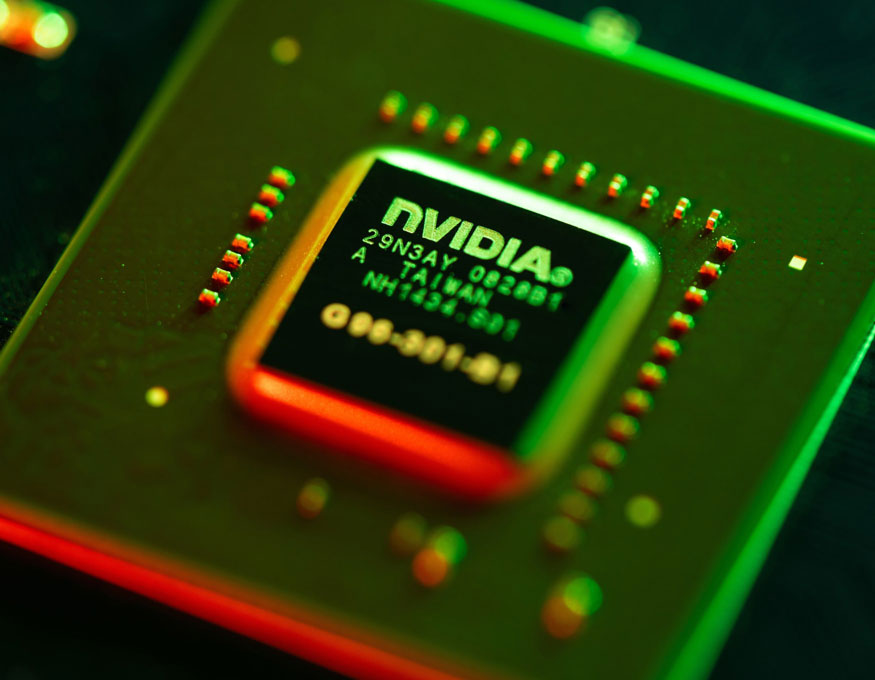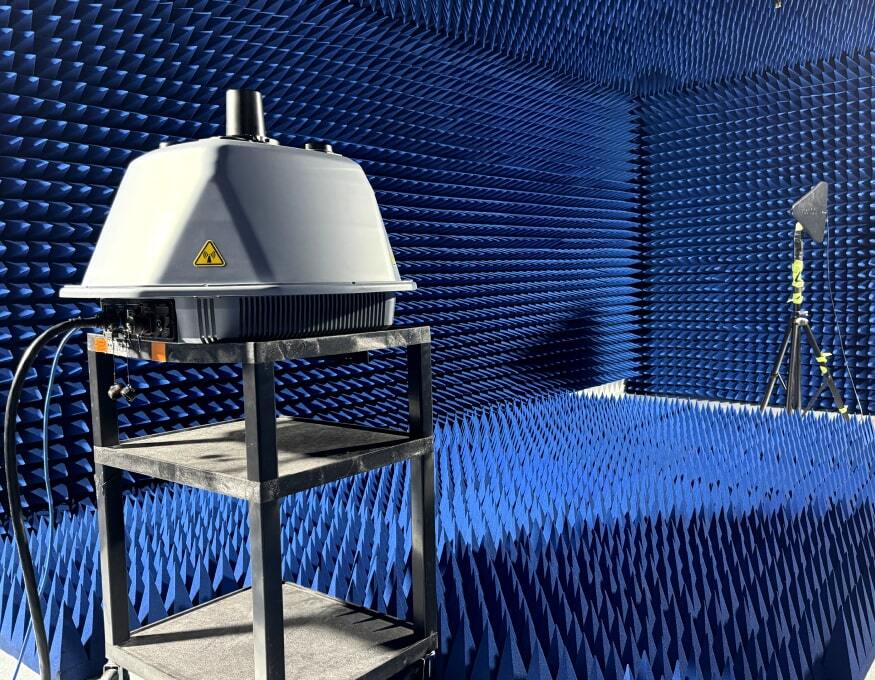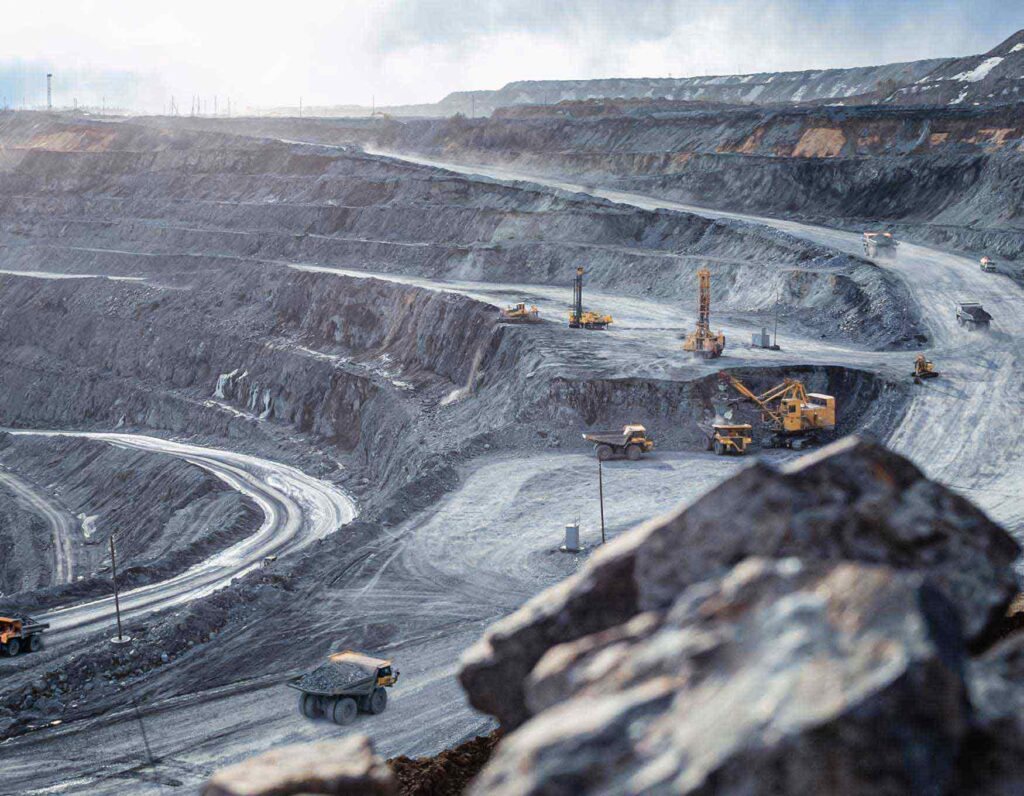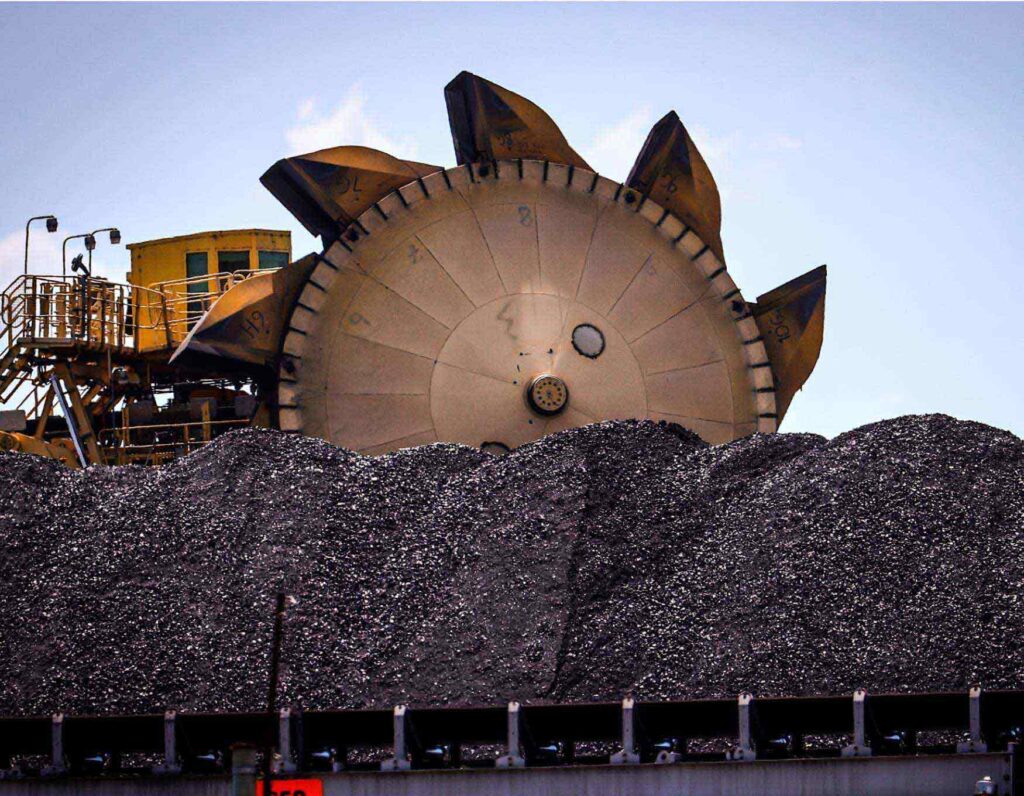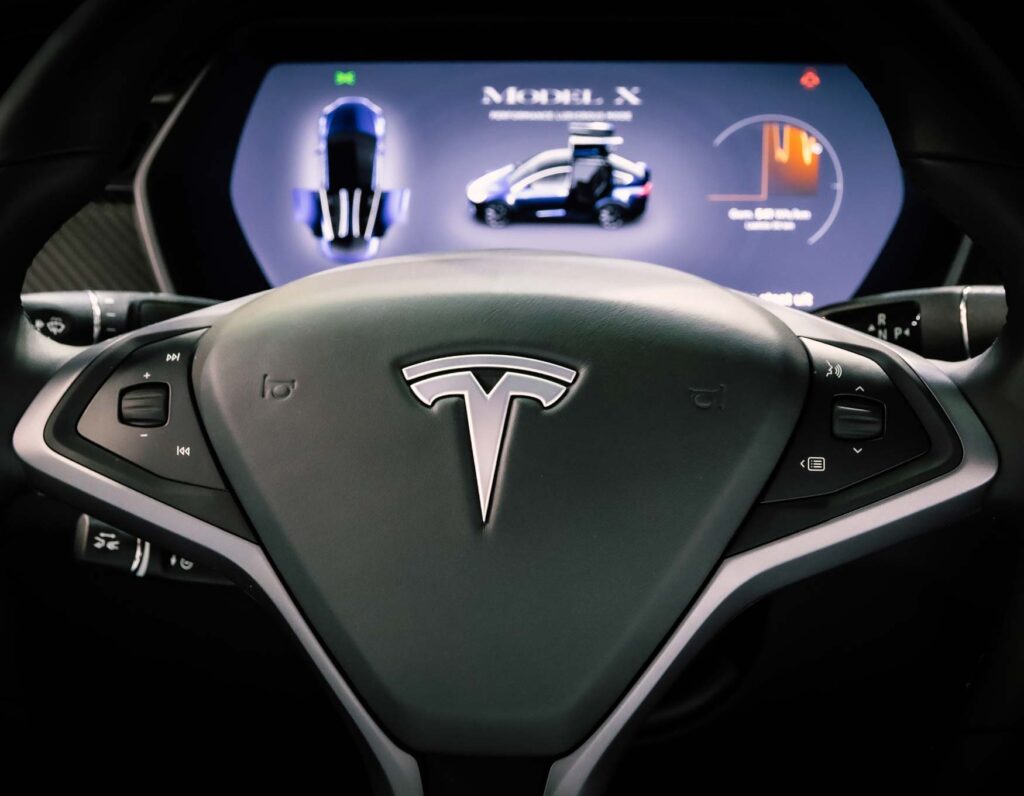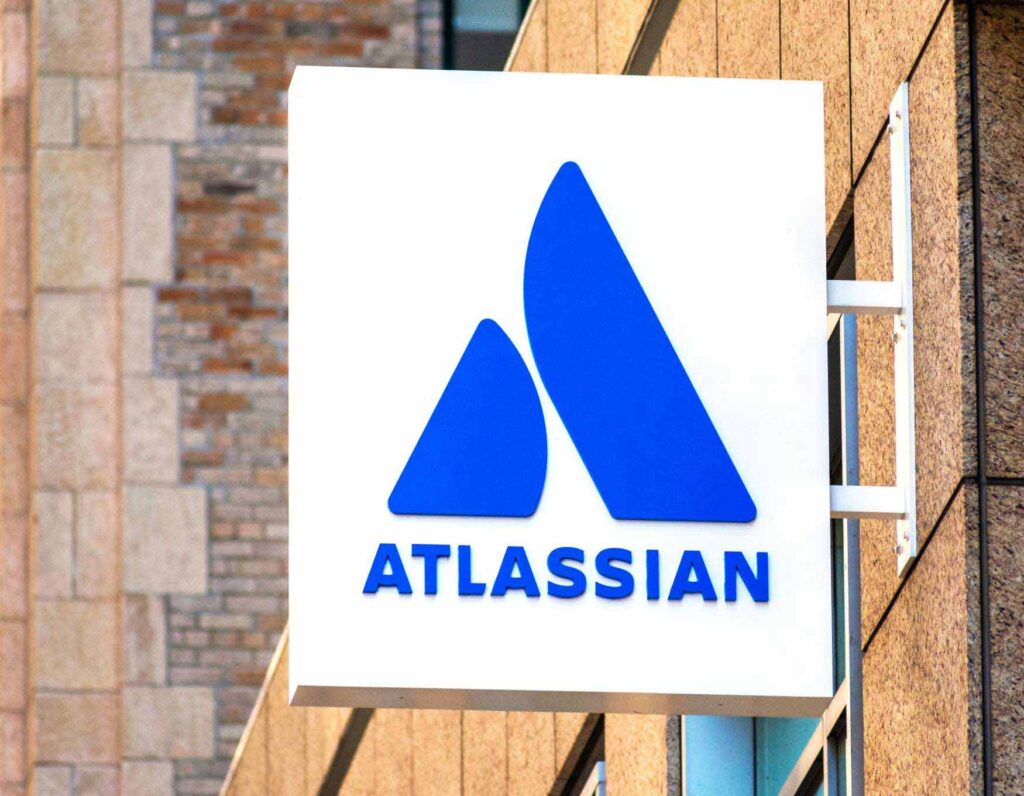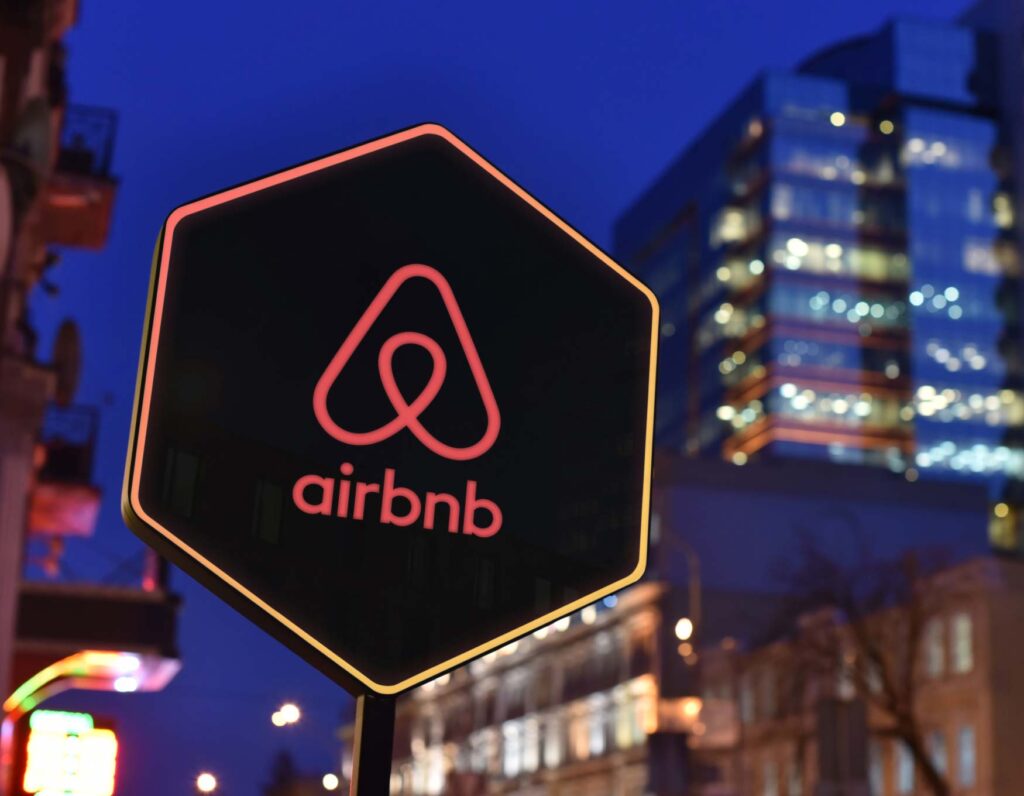Scan this article:
Remember when Nvidia was synonymous to gaming? Ask any gamer five years ago which graphics cards to get for your custom PC build, and they’d tell you Nvidia’s GTX and RTX GPUs were well worth their several-thousand dollar price tag.
While that sentiment hasn’t changed much, “Nvidia” no longer screams “gaming company.” To investors especially, Nvidia is now the unicorn that beat the odds to grow its share price by over 2,800% in less than five years.
So what’s the story behind the company that’s now more valuable than Google and Amazon? Let’s take a deep dive into Nvidia
How did Nvidia become an AI giant?
Founded in 1993, Nvidia began as a provider of 3D graphics cards for the gaming industry. In 1999, the company revolutionised gaming and computing by creating top-tier graphics processing units (GPUs) that delivered superior graphics and performance.
While Nvidia’s GPUs were originally designed for gaming, their potential extended far beyond. The same technology proved ideal for handling the complex tasks required in AI and data processing. Through Nvidia’s development of its CUDA architecture, GPU technology rapidly became essential in a wide range of fields, from autonomous vehicles to advanced AI models and cloud computing.
Recognising the broader potential of their GPUs, Nvidia’s CEO Jensen Huang made Nvidia shift its focus from gaming to the world of data and AI.
This decision paid off over time. Nvidia’s GPUs have become the power behind its data centres, which in recent years have become its biggest source of revenue.
Some even believe that Nvidia is at the cusp of the “next industrial revolution.”
People kind of talk about AI as if Jensen just kind of arrived like in the last 18 months… if you actually go back in time and listen to Jensen talking about accelerated computing, he’s been sharing his vision for more than a decade.
-
- Daniel Newman, CEO of The Futurum Group
How Nvidia makes money
Nvidia’s share price growth could be a result of its stunning financial performance in recent years:
- Triple-digit revenue growth: Nvidia has grown total revenues by over four times in the last five years. Last year it grew revenue by 126% year-on-year.
- Growing margins: Nvidia recorded its highest gross profit margin last quarter at 78%. Last financial year it recorded 73%, and the year before that it posted 57%. Its net income margins also jumped from 16% two years ago to 48% last year.
- High liquidity ratios: As at the end of last quarter, Nvidia’s current assets nearly doubled its total liabilities. In fact, its cash and cash equivalents alone could more than cover its total liabilities.
- Strong and growing free cash flows: Last quarter, Nvidia recorded a free cash flow of $9.62B – up by 365% from $2.07B the year before.
- Rewarding investors: Its financial success has been shared with investors outside of just its share price performance. Alongside its dividend payouts, Nvidia commenced its US$25B share buyback announced last year.
Nvidia Data Center: Powering revenue growth and profitability
Since pivoting from gaming to data centres, Nvidia's revenue has skyrocketed. Just three years ago, data centres accounted for only 25% of its earnings, but last quarter, they made up a whopping 87% of total revenue.
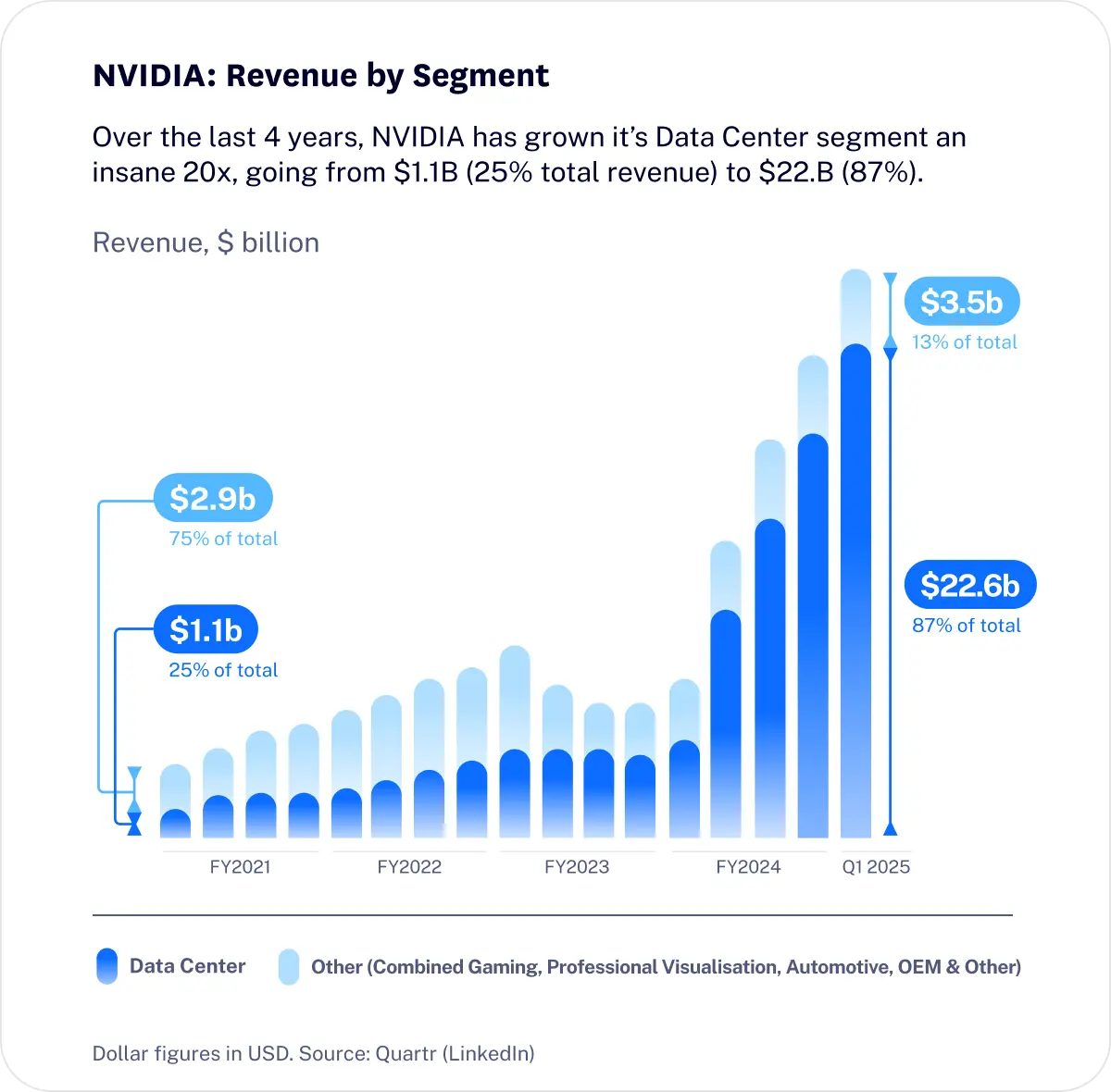
Using its GPUs known for efficiency and excellence at parallel workloads, Nvidia built its Data Center Platform to be capable of handling the extensive computing required in AI, data analytics, graphics and scientific computing.
Nvidia now powers the platforms of numerous cloud and consumer internet companies, plus brings in AI capabilities to other industries including healthcare, financial services, automotive and retail.
The segment generates revenues through licensing agreements and/or a subscription model, allowing for economies of scale and for profit margins to grow as Nvidia widens its customer base. Nvidia’s gross profit margins jumped by over 20% in the last few quarters – the company itself estimates it to be at the mid-70s level for FY 2025.
Now the biggest question is…
Will Nvidia’s strong performance continue?
Nvidia’s strong product line and strategic decisions mean that many companies, including Amazon, Google and Microsoft, now use Nvidia’s GPUs in delivering their cloud and AI systems. The big tech companies alone made up “mid-40%” of Nvidia’s Data Center revenue in the April quarter.
This has allowed Nvidia to gain market leadership and post strong increases to both its top and bottom lines.
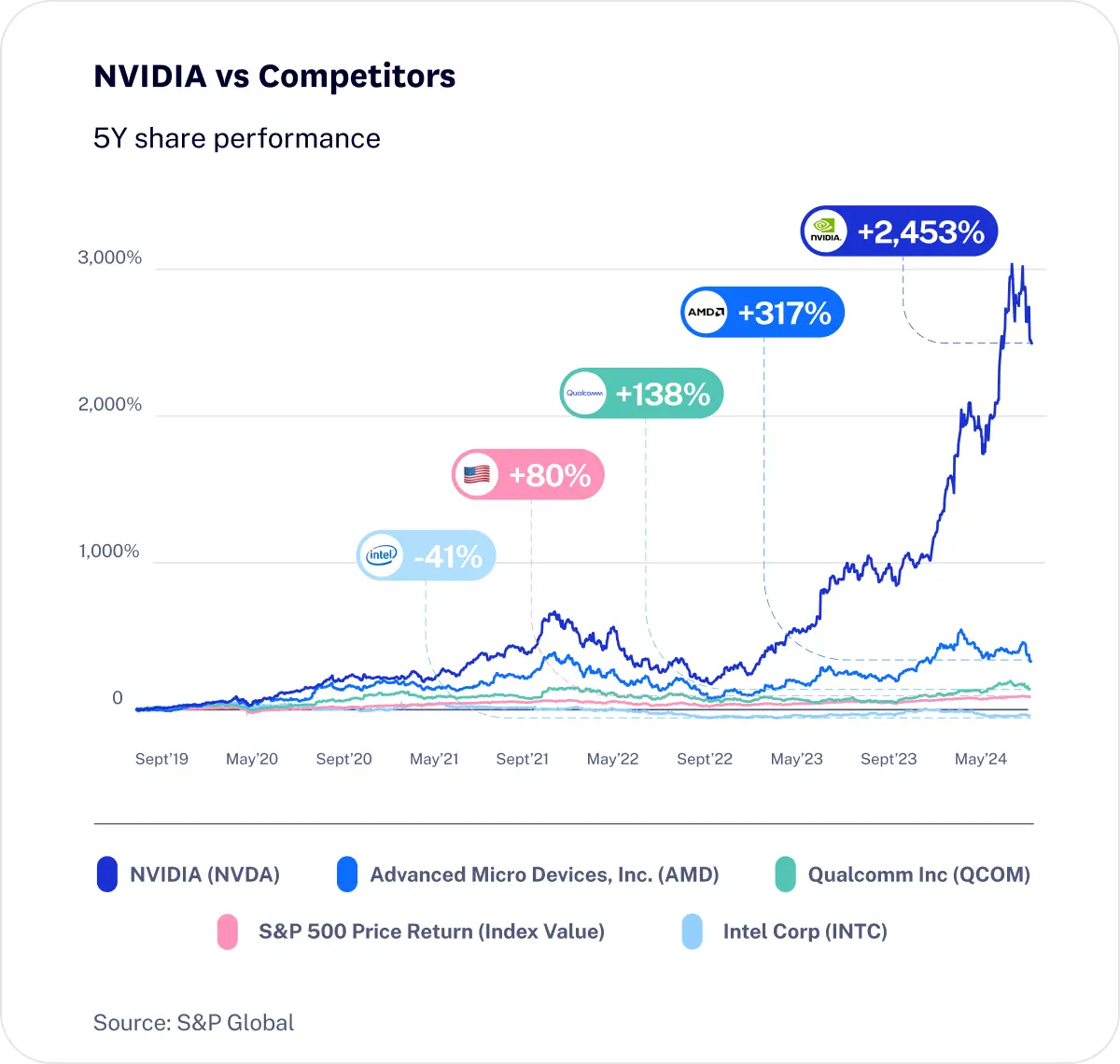
Remember that past performance is not indicative of future performance. Graphics, charts and graphs provided for illustrative purposes only.
Just getting started
Despite the massive jump in its numbers, Nvidia’s CEO believes that Nvidia is just getting started. According to him, both companies and countries are now working with Nvidia to transform existing data centres into “AI factories”.
Analysts estimate Nvidia’s data centres make up to 98% of the data centre GPU market.
Nvidia continues to invest in increasing the capacity of its data centres to make room for more contracts. Similarly, the company is working on advancing its tech capabilities, with the latest news being around Nvidia’s Blackwell Architecture that is set to become one of the world’s most powerful GPUs when it’s released.
However…
Potential threats around Nvidia’s growth
Politics and geopolitics
If there’s one thing that weighs heavily on Nvidia, it’s the threat of additional export controls by the U.S. Government. In 2023, Nvidia was subject to several export conditions that required it to lower the capabilities of the GPUs it exported to certain countries.
One of those countries was China, which represented a substantial amount of sales volume for Nvidia. Companies domiciled in China made up 19% of Nvidia’s Data Center revenues in 2023, this fell to 14% the following year.
Taking things in-house
On a microeconomic scale, there is also the fact that the larger companies, including Microsoft, Google and Amazon have started taking GPU production and data centres in-house.
Microsoft and OpenAI have reportedly been working on an estimated US$115B “Stargate” project to build Microsoft’s own massive data centre and AI-focused supercomputers using millions of GPUs. However, there hasn’t been any outright updates on the project since Microsoft walked away from OpenAI’s board.
Amazon had already begun creating its own chips in 2013. Additionally, the tech giant had already invested approximately US$148B in building its own data centres. While not yet as technically advanced as Nvidia’s data centres, Amazon has expressed its intent to develop the computing power required to run AI-related applications.
Similarly, Google recently unveiled its new custom CPU “Axion,” to support AI work in its data centres. The new chips have already begun powering some of Google’s services including YouTube ads and Google Earth. Some reports state Axion has 50% stronger performance than Nvidia’s rival Intel’s existing processors, and Google has already started using its new chips as alternatives to Nvidia’s GPUs.
So while Nvidia’s GPUs and data centres are expected to remain the market leader in the next few years, its strong performance is contingent on its ability to remain on the top of the pack. We’ll just have to wait and see.
As always, it is essential to conduct your own research and due diligence before making any investment decisions. Superhero does not provide financial advice that considers your personal objectives, financial situation or particular needs. All investments carry risk so please consider carefully before investing. Remember that past performance is not indicative of future performance. Graphics, charts and graphs provided for illustrative purposes only.

Become a part of
our investor community
Why you should join us:
- Join free and invest with no monthly account fees.
- Fund your account in real time with PayID.
- Get investing with brokerage from $2. Other fees may apply for U.S. shares.
Read our latest articles
Make knowledge your superpower and up your skills and know-how with our news, educational tools and resources.



